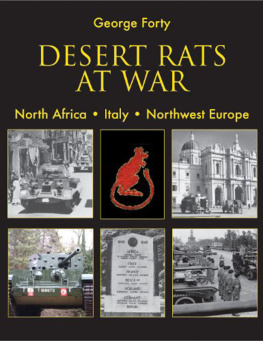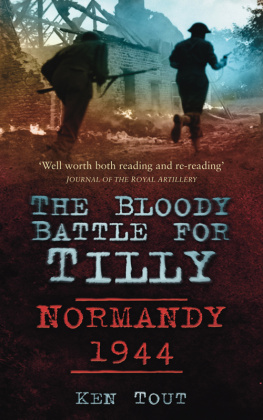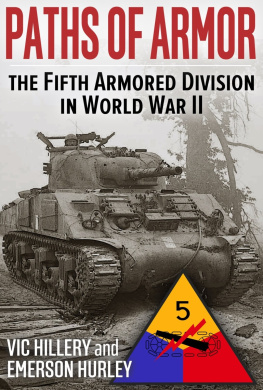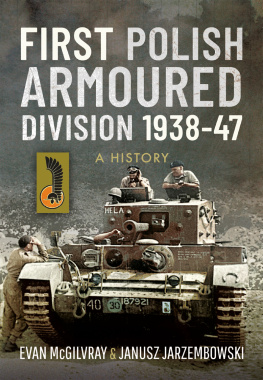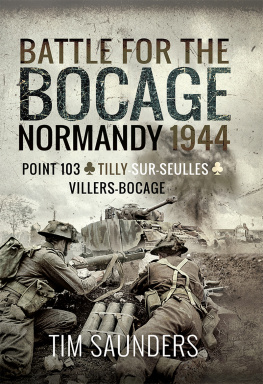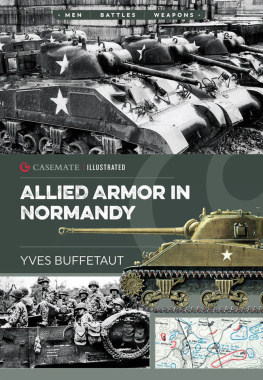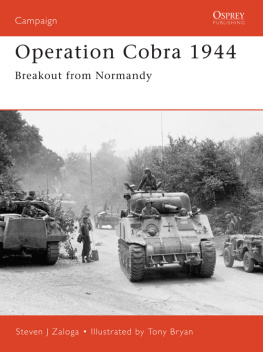
21 Days in Normandy
21 Days in Normandy
Major General George Kitching and the 4th Canadian Armoured Division
Lieutenant Colonel (retired)
Angelo N. Caravaggio
OMM CD PhD
First published in Great Britain in 2016 by
PEN & SWORD MILITARY
An imprint of
Pen & Sword Books Ltd
47 Church Street
Barnsley
South Yorkshire
S70 2AS
Copyright Angelo N. Caravaggio, 2016
ISBN 978-1-47387-071-0
eISBN 978-1-47387-073-4
Mobi ISBN 978-1-47387-072-7
The right of Angelo N. Caravaggio to be identified as the author of this work has been asserted by him in accordance with the Copyright, Designs and Patents Act 1988.
A CIP catalogue record for this book is available from the British Library.
All rights reserved. No part of this book may be reproduced or transmitted in any form or by any means, electronic or mechanical including photocopying, recording or by any information storage and retrieval system, without permission from the Publisher in writing.
Pen & Sword Books Ltd incorporates the imprints of Pen & Sword Archaeology, Atlas, Aviation, Battleground, Discovery, Family History, History, Maritime, Military, Naval, Politics, Railways, Select, Social History, Transport, True Crime, and Claymore Press, Frontline Books, Leo Cooper, Praetorian Press, Remember When, Seaforth Publishing and Wharncliffe.
For a complete list of Pen & Sword titles please contact
PEN & SWORD BOOKS LIMITED
47 Church Street, Barnsley, South Yorkshire, S70 2AS, England
E-mail:
Website: www.pen-and-sword.co.uk
In Memoria
Graziettta Maria Caravaggio
Donna Ann Dorris
William (Bill) Dorris.
In Gods loving arms
List of Plates
Major General George Kitching, 1956.
Lieutenant General Guy Simonds and Major General George Kitching listening to a talk by General Montgomery to Canadian 2 troops.
A Ram II tank of the Royal Canadian Armoured Corps during a training exercise in England, 22 December 1942.
Waterproofing Sherman tanks of the Sherbrooke Fusiliers Regiment, England, 20 April 1944.
Canadian tanks firing tracers into advancing Germans. Normandy, France, 89 June 1944.
Aerial photograph of the 4th Canadian Armoured battleground for Phase II of Operation Totalize.
A dramatic war picture showing fires caused by bombing with transports and men taking cover on the CaenFalaise road, 8 August 1944.
A Universal Carrier of the Lake Superior Regiment, Cintheaux, France, 8 August 1944.
Troopers J.L. Gaudet and G.A. Scott of the South Alberta Regiment pause in front of a sign pointing towards Falaise.
Sherman tanks waiting to advance, 8 August 1944.
Sherman tank of the 4th Canadian Armoured Division near Cintheaux, France, 8 August 1944.
Close-up of Worthington Force in defensive position, 9 August 1944.
Worthington Force on the ground as viewed from Allied tactical aircraft.
Tanks and armoured vehicles taking part in Operation Tractable near Brettevillele-Rabet, France, 14 August 1944.
Air photograph of western portion of Quesney Woods, 26 July 1944.
Air photograph of Quesney Woods after bombing on 14 August for Operation Tractable.
Canadian tanks of 4th Canadian Armoured Division move into battle south of Robertmesnil, France, 14 August 1944.
A note written on 14 August 1944 from Major General Kitching to Lieutenant Colonel Scott outlining the orders for the 4th Canadian Armoured Brigade for 15 August 1944.
Sherman tanks of the South Alberta Regiment, St Lambert-sur-Dives, France, 19 August 1944.
Mopping up St Lambert-sur-Dives, France, 19 August 1944, by members of Argyll and Sutherland Highlanders.
B Company, Argyll and Sutherland Highlanders, in action in St Lambert-sur-Dives.
Major David V. Currie of the South Alberta Regiment accepting the surrender of German troops at St Lambert-sur-Dives, France, 19 August 1944.
Sherman tank of the 4th Canadian Armoured Division passing wreckage of German Jagdpanther V with 8.8cm PaK 43/3 L/71 tank, Elbeuf, France, 28 August 1944.
Author standing beside railway embankment at Cintheaux in 2004.
Laison River near Ernes in 2004.
Road through St Lambert-sur-Dives in 2004.
Near Soignolles looking south into the Laison Valley.
St Hilaire Farm in 2004 looking south to the top of Pt 195.
View from the top of Pt 195 in 2004 looking northeast across the ground of Operation Totalize.
The view from Mt Ormel looking towards St Lambert.
The village of Cintheaux in the foreground with the trees of the quarry in the background in 2004.
Oberst Hubert Meyer, Major General George Kitching, Air Vice-Marshal Johnnie Johnson, Normandy battlefield tour, April 1990.
List of Maps
Dispositions 4th Canadian Armoured Division, 31 July 1944
Attack on Tilly-la-Campagne, 1 August 1944
Attack on Tilly-la-Campagne, 5 August 1944
Operation Totalize Outline Plan
Operation Totalize Revised Plan
The Totalize Battlefield
Kitchings Attack Plan
Operation Totalize, 710 August 1944
Proposed Operations 4th Canadian Armoured Brigade, 10 August 1944
Proposed Operations 4th Canadian Armoured Brigade, 13 August 1944
Proposed Dispositions Morning, 9 August 1944
Operation Tractable, 1417 August 1944
The Falaise Gap Operations to Moutabard, 16 August 1944
The Falaise Gap Operation Smash
Dispositions Morning, 18 August 1944
Dispositions Morning, 19 August 1944
The Falaise Gap Closing the Gap
List of Diagrams
4 Canadian Armoured Division Staff Organization, 1 August 1944
4 Canadian Division from General Order 184, 5 September 1940
4 Canadian Armoured Division Order of Battle, January 1942
4 Canadian Armoured Division Order of Battle, January 1943
Preface
The genesis of this book occurred in April 1990. That year, the Canadian Armed Forces Officers then stationed in Heidelberg Germany conducted a battlefield tour of the D-Day beaches and the major battlefields of the Normandy campaign. With us were three veterans of the campaign, Major General George Kitching, General Officer Commanding the 4th Canadian Armoured Division, Oberst Hubet Meyer of the 12th SS Panzer Division and Air-Vice Marshal Johnnie Johnson, the leading Allied fighter ace of the Second World War. During our tour I had many opportunities to speak at length with these three veterans.
Kitching was quite open about his experiences in Normandy including the fact that he was removed from command of his division on 21 August 1944 by Lieutenant-General Guy Simonds. Kitching talked about many of the issues and circumstances that impacted both his own and his divisions performance. I had extensively studied the Normandy campaign during my undergraduate degree in history but had not heard of many of the issues that Kitching brought forth. As a historian, I was intrigued and vowed to investigate Kitchings time in command to verify if what Kitching had told me was in fact true.
Until now, the assessment of Kitching and his divisions performance has been very negative. In some cases, they are blamed for the delay in the closing of the Falaise Gap and the subsequent escape of thousands of Germans out of Normandy. Kitching has been labelled as incompetent and the division as green, cautious and inexperienced. This book and the evidence within challenges these commonly held views.
Next page

